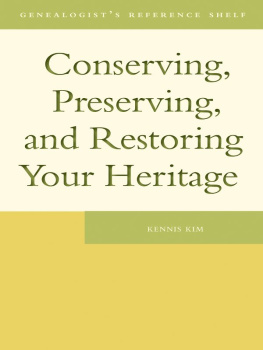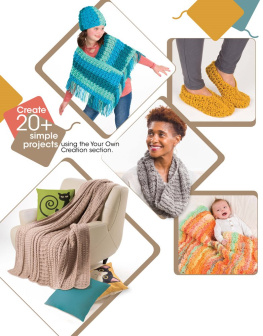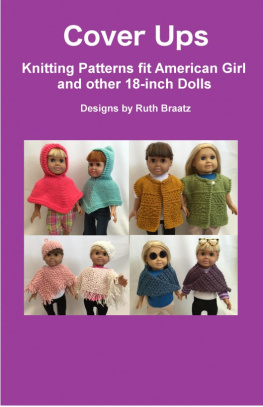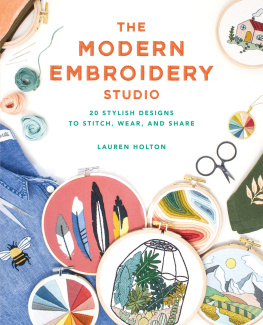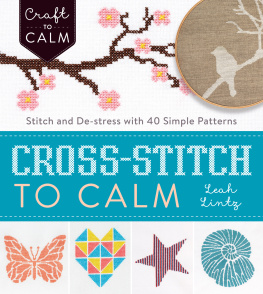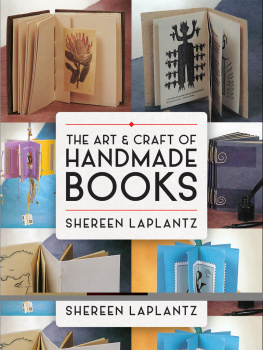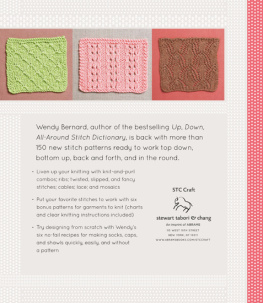Contents
Guide
SEW
BEAUTIFUL
MAKE STYLISH HANDMADE CLOTHING WITH SIMPLE STITCH-AND-WEAR PATTERNS
KENNIS WONG
CREATOR OF ITCH TO STITCH

The author and publisher have provided this e-book to you for your personal use only. You may not make this e-book publicly available in any way. Copyright infringement is against the law. If you believe the copy of this e-book you are reading infringes on the authors copyright, please notify the publisher at: http://us.macmillanusa.com/piracy.
TO MY AA BAAK
Sewing has always been my refuge. I feel powerful creating something beautiful that I am proud of. It is such a pleasure to transform a piece of fabric into a one-of-a-kind garment. Id be lying, however, if I told you sewing is always puppies and rainbows. True, for the most part, the sewing process is therapeutic, but at times it can be frustrating, even for me. However, the most important thing is that I always feel a great sense of satisfaction overcoming the challenges. When I hold a finished garment in my hands, I feel like I can conquer the world! Then I am ready for the next beautiful challenge. Yes, sewing is very addicting too.
I started sewing when I was thirteen years old. Neither my mom nor grandma knew how to sew, at least not more than hemming or mending by hand, but fortunately, my school required us to take a sewing class. Even though the class was mandatory, I didnt feel like learning to sew was a chore. In fact, it was one of the most enjoyable classes Ive ever taken. I have forgotten many details, but I remember that my first garment was a baby dress. I also have a fond memory of going to the fabric store with my classmates to choose a fabric. The classroom was mostly equipped with Singer treadle sewing machines, and that was what I used to sew the baby dress. I was hooked immediately. If this were a movie, I would have vowed to become a designer or a seamstress at that point. But no, I didnt. I only knew that I liked it. I was passionate enough to keep sewing beyond the school sewing classes, but I had no idea that sewing would become such a big part of my life.
After a while, I learned to make sewing patterns. Initially, patternmaking was my way to understand fit. One thing led to another, and I began making sewing patterns for other women too. In 2014, I started Itch to Stitch Designs, where I offer digital sewing patterns to sewing hobbyists. My focus is on modern yet elegant styles for advanced beginners and beyond. I am proud to say that my loyal customers love Itch to Stitch for its well-drafted patterns, clever techniques and thorough instructions.
The designs of Itch to Stitch center on wearability. As much as I appreciate the beauty of a complicated special-occasion dress, I spend my time wearing casual and work-appropriate clothing that suits my lifestyle. I would like to spend my time making that type of clothing, aiming to have a complete and functional self-sewn wardrobe. I make sewing patterns for like-minded people.
You will find the designs in this book to be simple, elegant and wearable. You will be able to wear your beautiful garments to have coffee with friends in a caf, walk your dog in the park, run errands around town, go on a date with your sweetheart and cheer your kids on at their next game. There is no need to wait until the next fancy party to wear these clothes!
If you have sewn a very simple garment or home decor item before, then you will be able to sew the patterns in this book. The detailed instructions and illustrations will walk you through creating the garments step by step. The difficulty of the designs increases gradually throughout the book, so you will gain confidence and sewing skill as you work on each design.
I know you will enjoy Sew Beautiful. You are going to be so proud of yourself for making and wearing your very own custom-made clothes!

Before starting your sewing project, I encourage you to read through this section. Those of you with a few sewing projects under your belt may learn some new approaches or sewing tips that make sewing easier. To those newer to sewing, dont worry if you dont remember everything after youve read it once. The projects will refer to this chapter when a new technique is used.
This information is not meant to be an exhaustive list of sewing tools and techniquesvery far from it, in fact. It is meant only to support the sewing projects in this book. Also, there are different ways to achieve the same result. For the sake of simplicity, I go over the method that I typically use or the method that I think is appropriate for someone who is less experienced in sewing.
ESSENTIAL
Besides the fabric recommended for each project, here are the tools you should have before you begin:
SEWING MACHINEYour sewing machine should be capable of making a straight stitch (forward and reverse) and a zigzag stitch. No other fancy stitches will be necessary.
SEWING MACHINE NEEDLESYoull use universal machine needles when sewing woven garments and jersey (ballpoint) or stretch machine needles when sewing knit garments. Its ideal to use a brand-new needle for each project. For lightweight to medium-weight fabric, a size 80/12 needle is a good choice.
PINSYoull need pins to hold the layers of fabric together temporarily before stitching a seam.
MATCHING THREADI use a good-quality 100% polyester sew-all thread. It is strong and does not shrink.
SEAM RIPPEREven the most experienced sewing hobbyists make mistakes. You will need a seam ripper to undo the stitches of a seam.
SOFT TAPE MEASUREYou will need a soft tape measure to measure yourself before choosing a size.
SEAM GAUGEThe seam gauge is my most-used tool of all. I am constantly using it to measure the accuracy of my seam, hem and markings.
IRON AND IRONING BOARDI cannot emphasize enough the importance of pressing to achieve professional results. It is not enough to press after the project is complete; you need to press each seam after you sew it and before you stitch an intersecting seam.
SCISSORSMost sewing hobbyists have at least two pairs of scissors, one for cutting fabric and one for cutting the pattern paper.
TRANSLUCENT PAPER AND PENCILThe pattern pieces for each design are printed on one page. You will need to trace the outlines and markings for the size you need onto a piece of translucent paper. I use medical exam paper; it is large, easy to see through and economical.
OPTIONAL
Some tools are also nice to have; they make your sewing easier. However, it is possible to start sewing without them.
PINKING SHEARSOne quick and easy way to minimize fraying of a fabric is to pink the cut edges using a pair of pinking shears.


